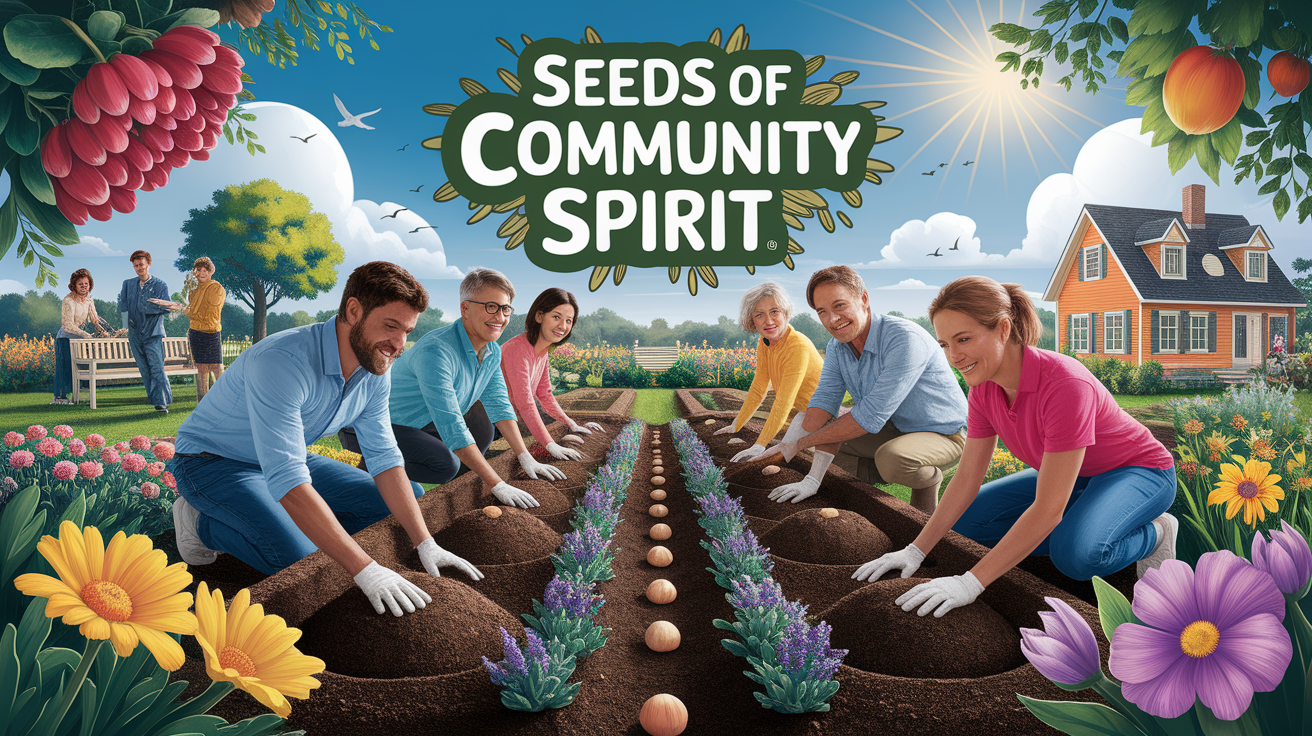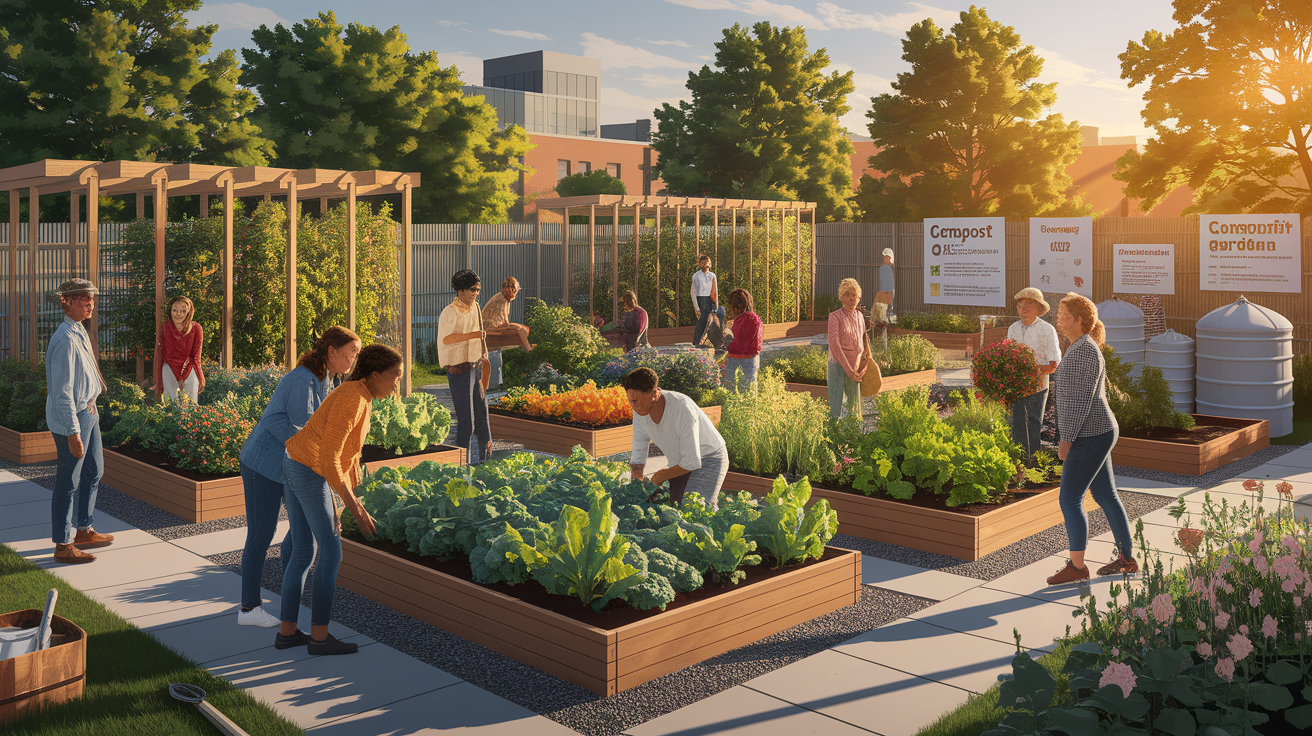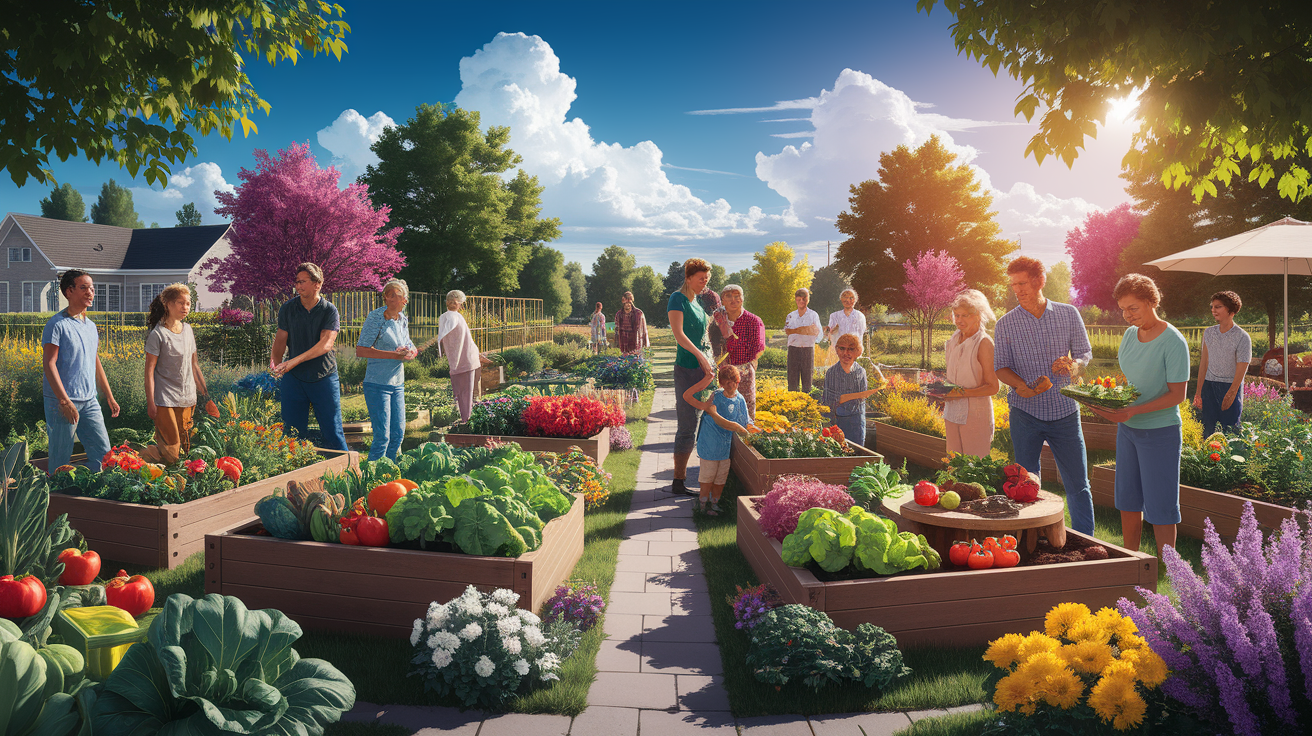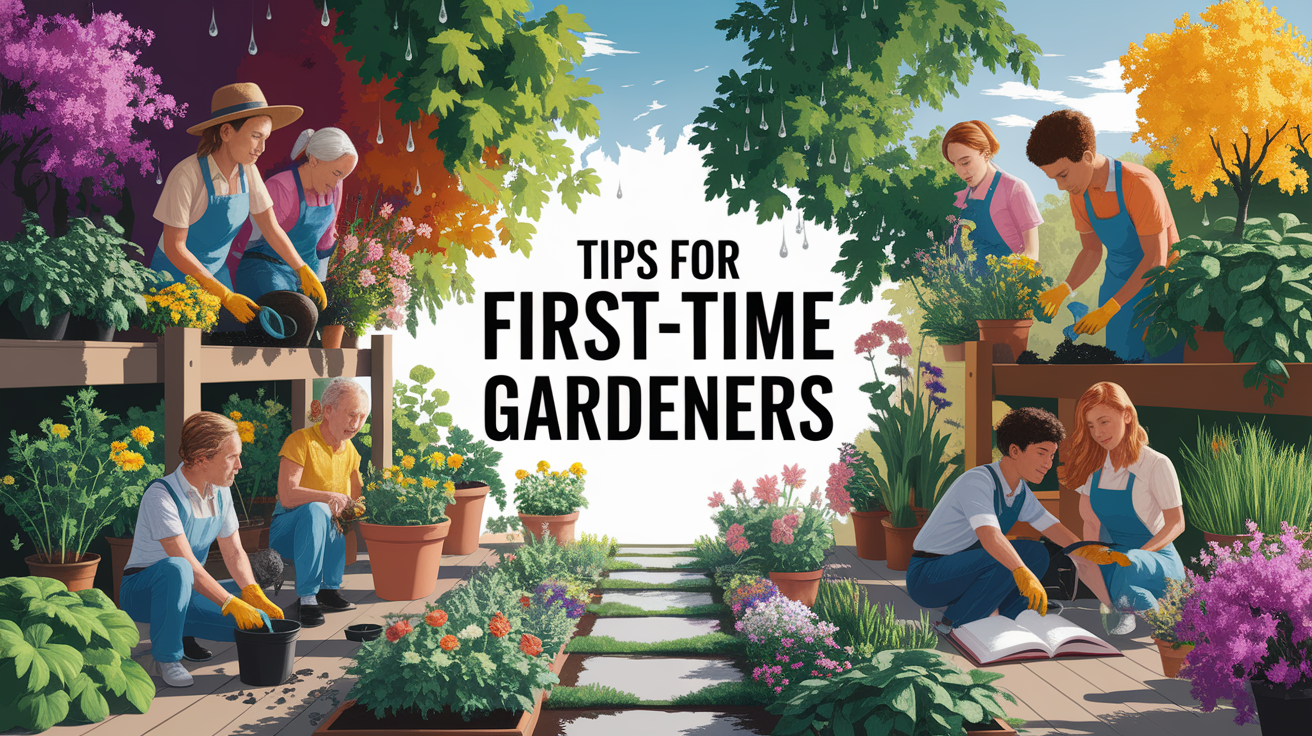Growing Together: Your Guide to Community Gardens in St. George
Here in St. George, amidst the stunning red rock landscapes, a different kind of beauty is taking root. If you look closely, you’ll find vibrant green spaces tucked away, buzzing with life and activity. These are the community gardens in St. George, Utah—places where residents gather to cultivate not only fresh produce but also strong neighborhood bonds. Whether you’re a seasoned gardener with a green thumb or a curious beginner looking to get your hands dirty, this guide will help you explore the world of urban farming and local food production in our city.
Seeds of Community Spirit
The idea of a community garden is deeply rooted in American history. According to the Smithsonian’s Community of Gardens project, these shared plots have long served as a response to social needs, from the “victory gardens” of the World Wars that bolstered food supplies to modern grassroots efforts aimed at urban revitalization. A report from County Health Rankings highlights how, since the 1960s, these gardens have become powerful tools for transforming neighborhoods, fostering community well-being, and creating a sense of place.

This same spirit of community and self-sufficiency thrives in St. George. Our local garden initiatives are part of a larger movement toward sustainable living, environmental education, and building a resilient local food system. They connect us to our food, our environment, and, most importantly, each other.
Finding Your Patch in St. George
So, where can you find these public gardens in St. George? Active community gardens are often managed through collaborations between local non-profits and the city. While specific locations and availability can change, the best first step to find a community garden plot in St. George, Utah, is to connect with the City of St. George Parks and Recreation department. They are the primary source for information on current city garden projects, plot availability, and how to get on a waiting list.

Additionally, keep an eye on initiatives from local organizations and even places like Dixie State University, which may have horticulture programs or garden spaces. While not a traditional community garden, a visit to the Red Hills Desert Garden can also be inspiring. It’s a wonderful example of successful horticulture in our climate, showcasing a beautiful collection of desert-adapted plants and even ancient fossil tracks.
How Community Gardens Operate Locally
Joining a community garden is typically a straightforward process. Once you find a garden with an available plot, you’ll likely go through a simple registration for a community garden membership in St. George. This usually involves signing an agreement and paying a small annual fee for plot rental, which helps cover costs like water, tool maintenance, and other shared resources. The exact cost can vary, but it’s generally very affordable.

These gardens are a collaborative effort. As detailed by the Washington County Water Conservancy District, many local green spaces, including community gardens, are maintained in cooperation with the City of St. George. This partnership ensures the gardens are well-managed and promote environmental stewardship. Given our desert environment, sustainable practices are key. Understanding St. George’s water conservation efforts is crucial, and you’ll find that gardens here rigorously implement efficient irrigation and planting techniques.
Success also hinges on people power. While you manage your own plot, the overall space thrives on collective effort. For those looking to get involved beyond their own plot, there are often fantastic volunteer opportunities in St. George to help with general maintenance, harvesting for donations, or organizing events.
Benefits of Community Gardening
The rewards of joining a community garden extend far beyond a basket of fresh vegetables. They are hubs of health and wellness that offer numerous benefits.

- Health and Nutrition: You gain direct access to fresh, healthy, and often organic produce. Growing your own food is a wonderful way to supplement your diet and connect with what you eat.
- Social Connection: Gardens are natural gathering places. You’ll meet neighbors, share tips, and build a sense of community pride. It’s a fantastic recreational activity that fosters friendships.
- Environmental Education: You’ll learn firsthand about our unique ecosystem. These spaces serve as living classrooms for sustainable living, from composting to xeriscaping, contributing to an eco-friendly St. George.
- Local Food Systems: Community gardens bolster our local food scene. They complement St. George’s vibrant farm-to-table scene, and sometimes surplus harvests make their way to local food pantries or even pop up at the St. George Farmers Market.
Tips for First-Time Gardeners
Feeling inspired but not sure where to start? Don’t worry, community gardens are welcoming to all skill levels. The key to success here is working with our climate, not against it.

First, it’s essential to learn some basic desert gardening techniques. This includes preparing the soil with plenty of compost to help it retain moisture and choosing plant varieties that can handle our sun and heat. Your fellow gardeners will be your best resource for advice!
So, what kind of crops can be grown in St. George community gardens? You have plenty of options. Consider starting with hardy choices like:
- Warm-season vegetables: Tomatoes, peppers, squash, beans, corn, and melons thrive in the summer heat.
- Leafy greens: Lettuce, spinach, and kale do best in the cooler spring and fall seasons.
- Root vegetables: Carrots, radishes, and beets are great options for well-prepared soil.
- Herbs: Many herbs, especially Mediterranean ones like rosemary, oregano, and thyme, love the sun and dry conditions.
Harvesting the Future
Community gardens are more than just a hobby; they are an investment in the future of St. George. Historically, as noted by County Health Rankings, these gardens have helped communities confront challenges like hunger and economic downturns. Today, they continue to be relevant, offering a tangible way to promote community agriculture, create beautiful green spaces, and support healthful living initiatives.
By turning underutilized land into productive plots, these urban farming projects contribute to a more sustainable and connected St. George. Each seed planted is a step toward a greener, healthier, and more community-focused future for us all.
Key Takeaways
- Get Started: To find a plot, contact the City of St. George Parks and Recreation department for the most current information on garden locations and availability.
- Embrace Community: Gardens are collaborative spaces. Be prepared to share knowledge, follow community rules, and consider volunteering to help maintain the shared areas.
- Garden Smarter: Success in St. George means embracing desert gardening. Focus on water conservation, soil health, and choosing plants that can withstand heat and sun.
- Enjoy the Benefits: Community gardening offers more than just food. It’s an opportunity for social connection, physical activity, and contributing to a more sustainable local food system.







